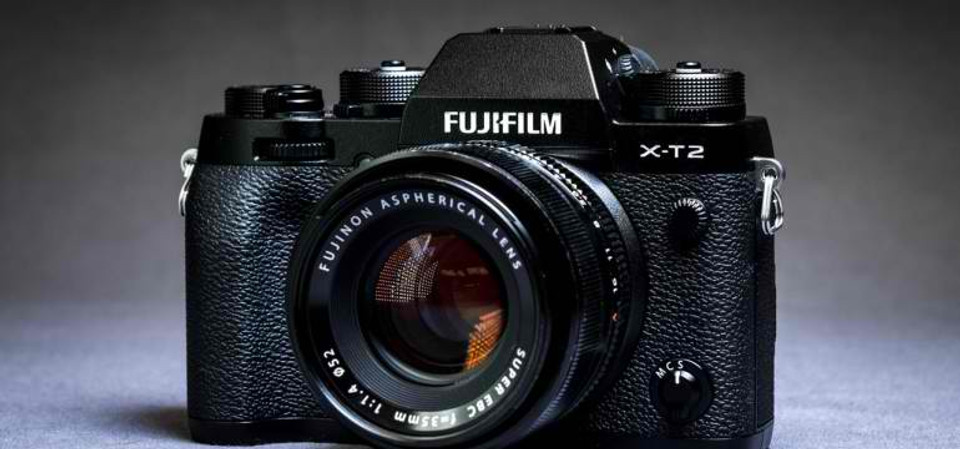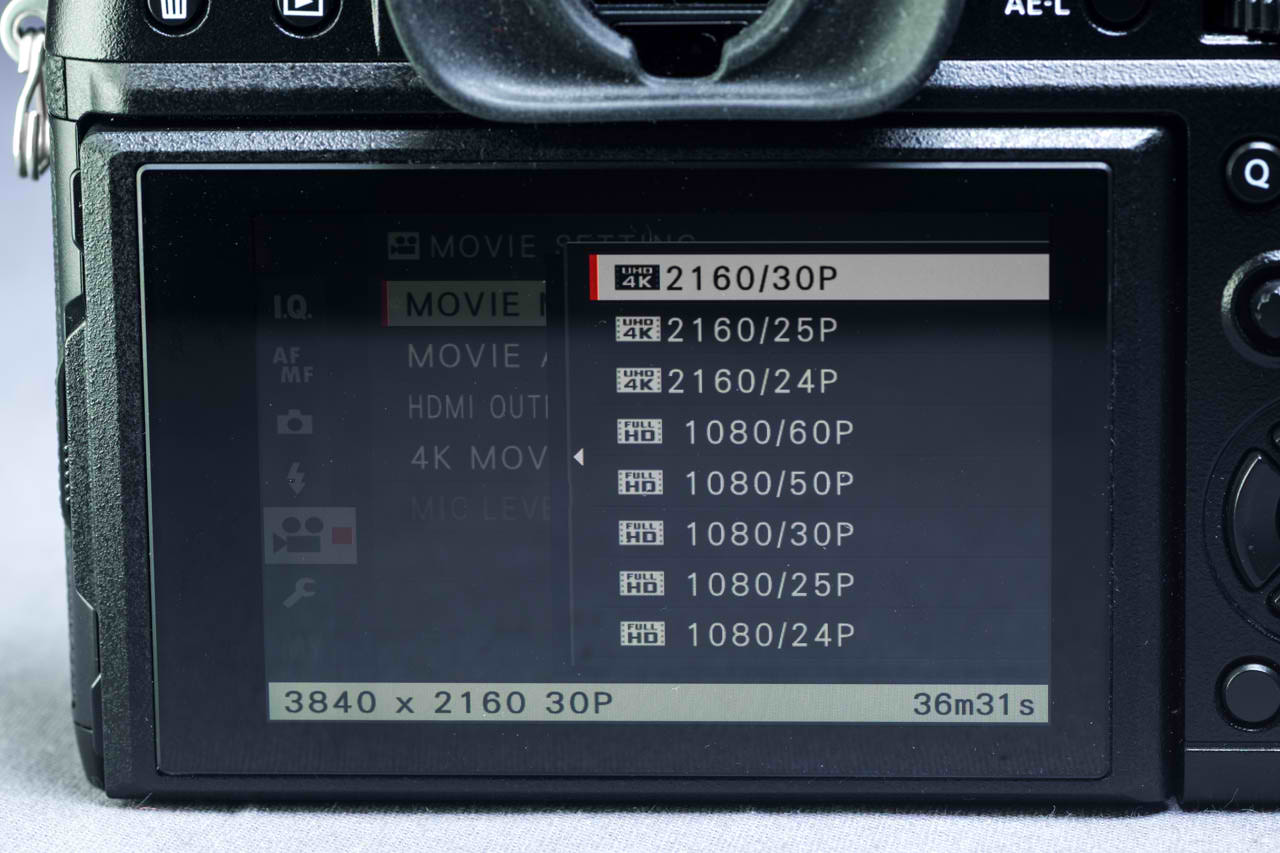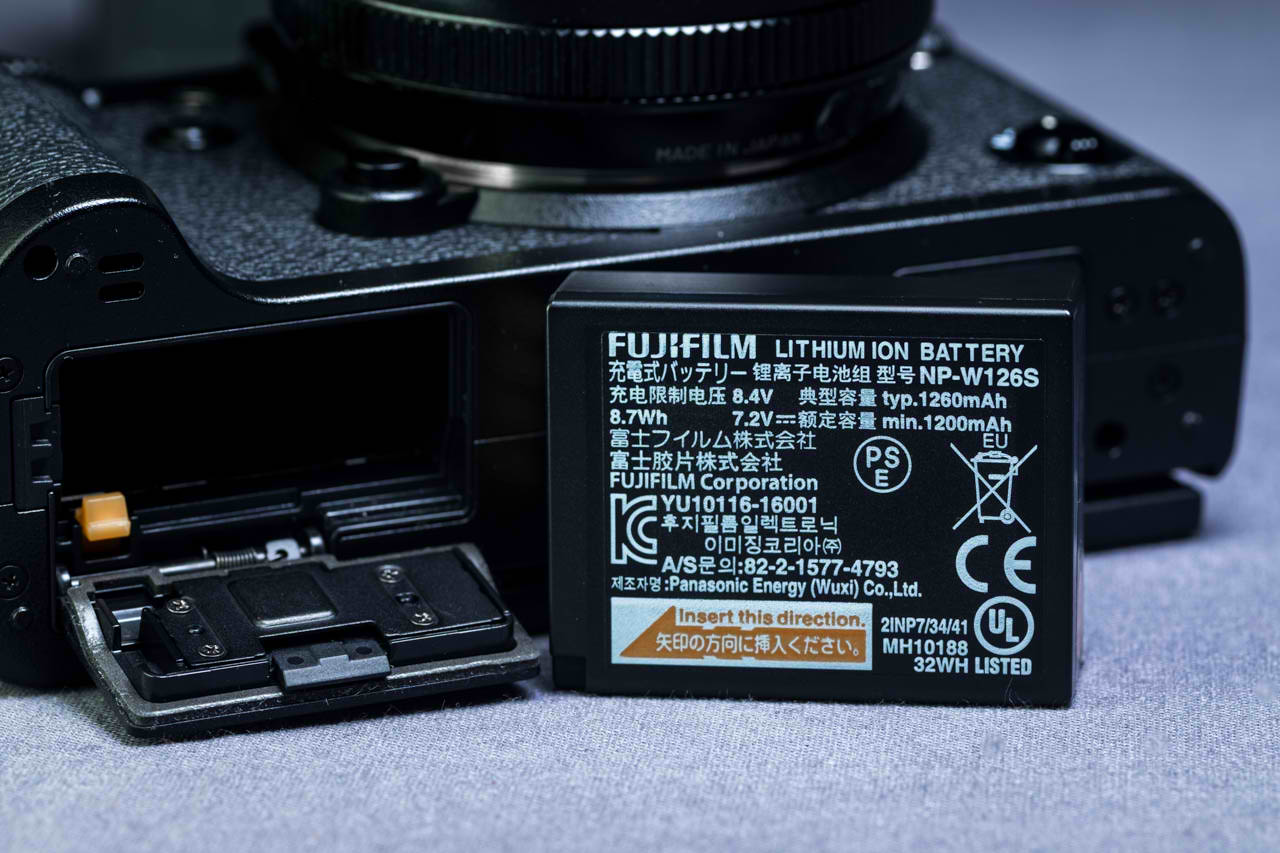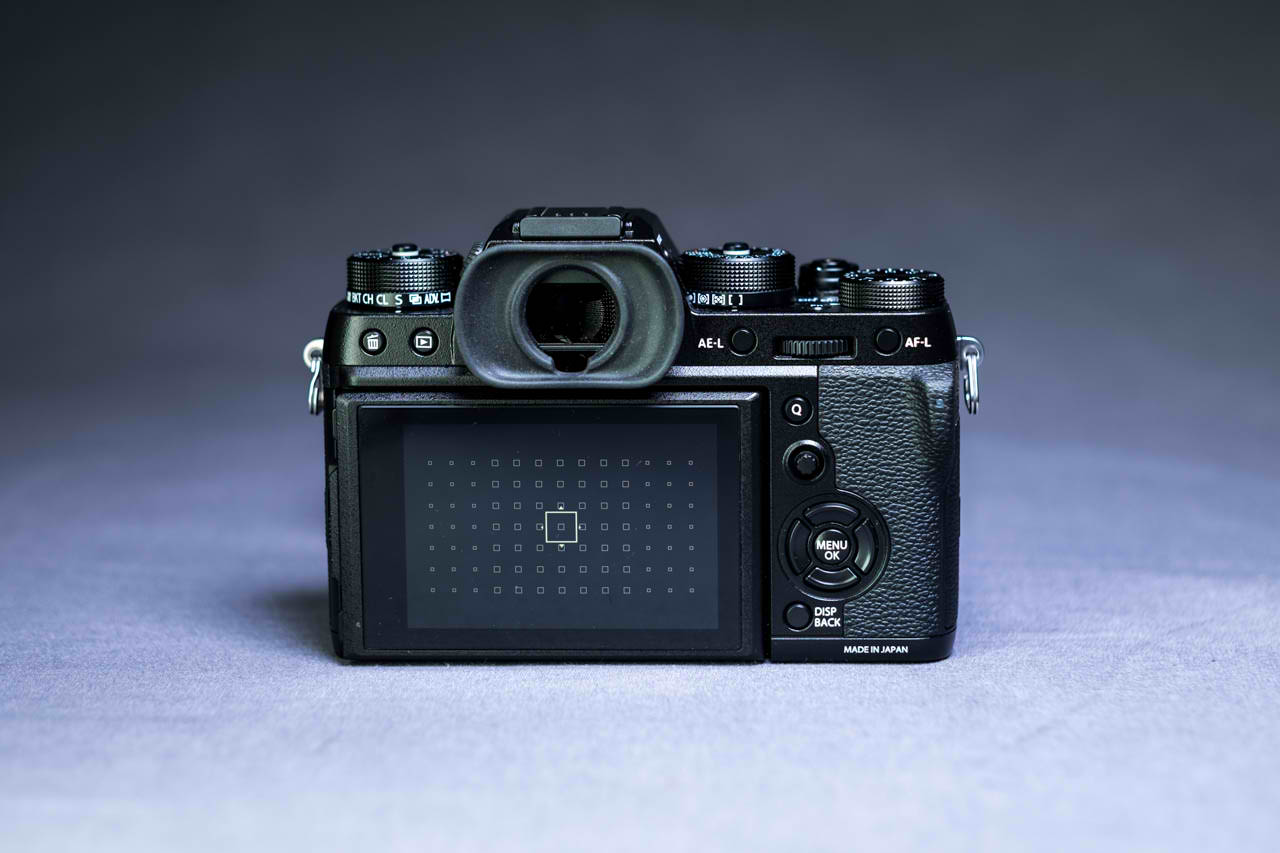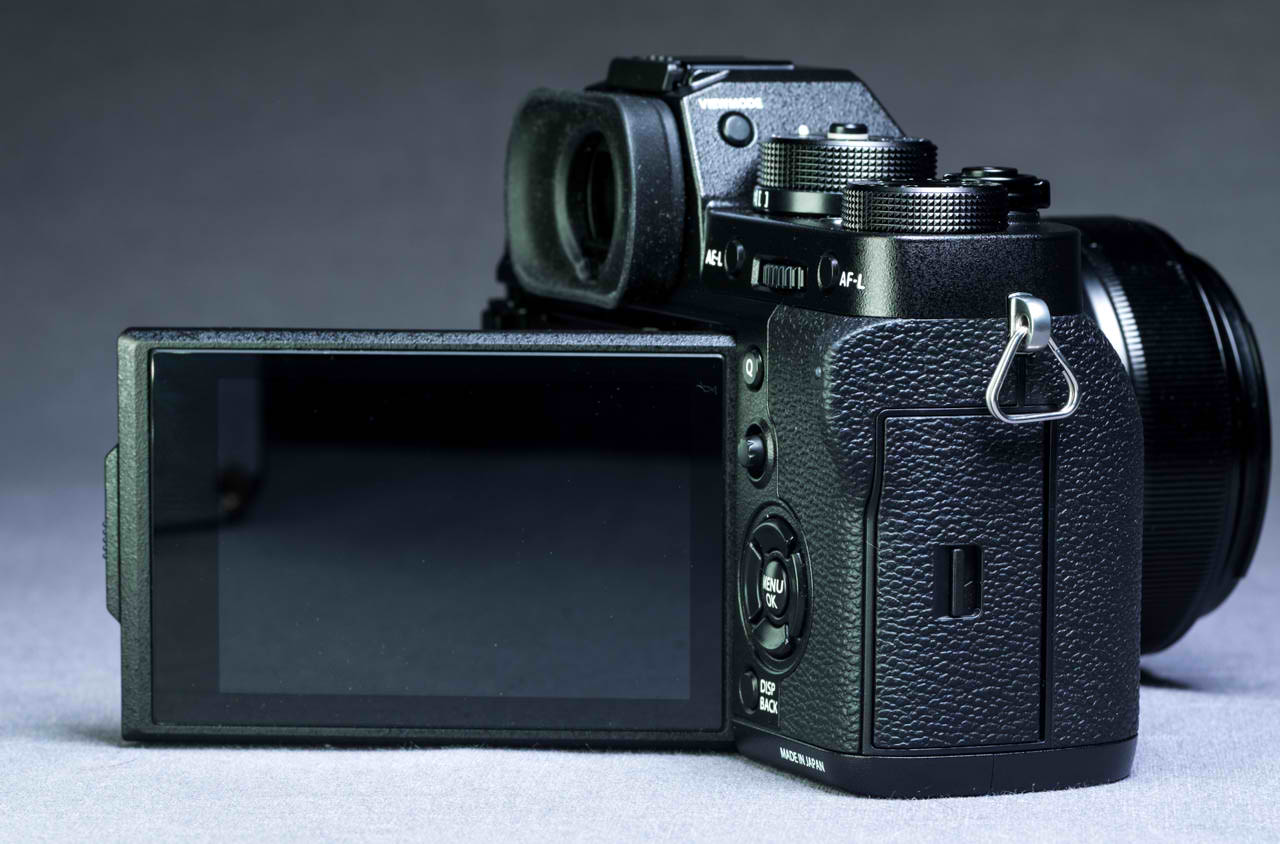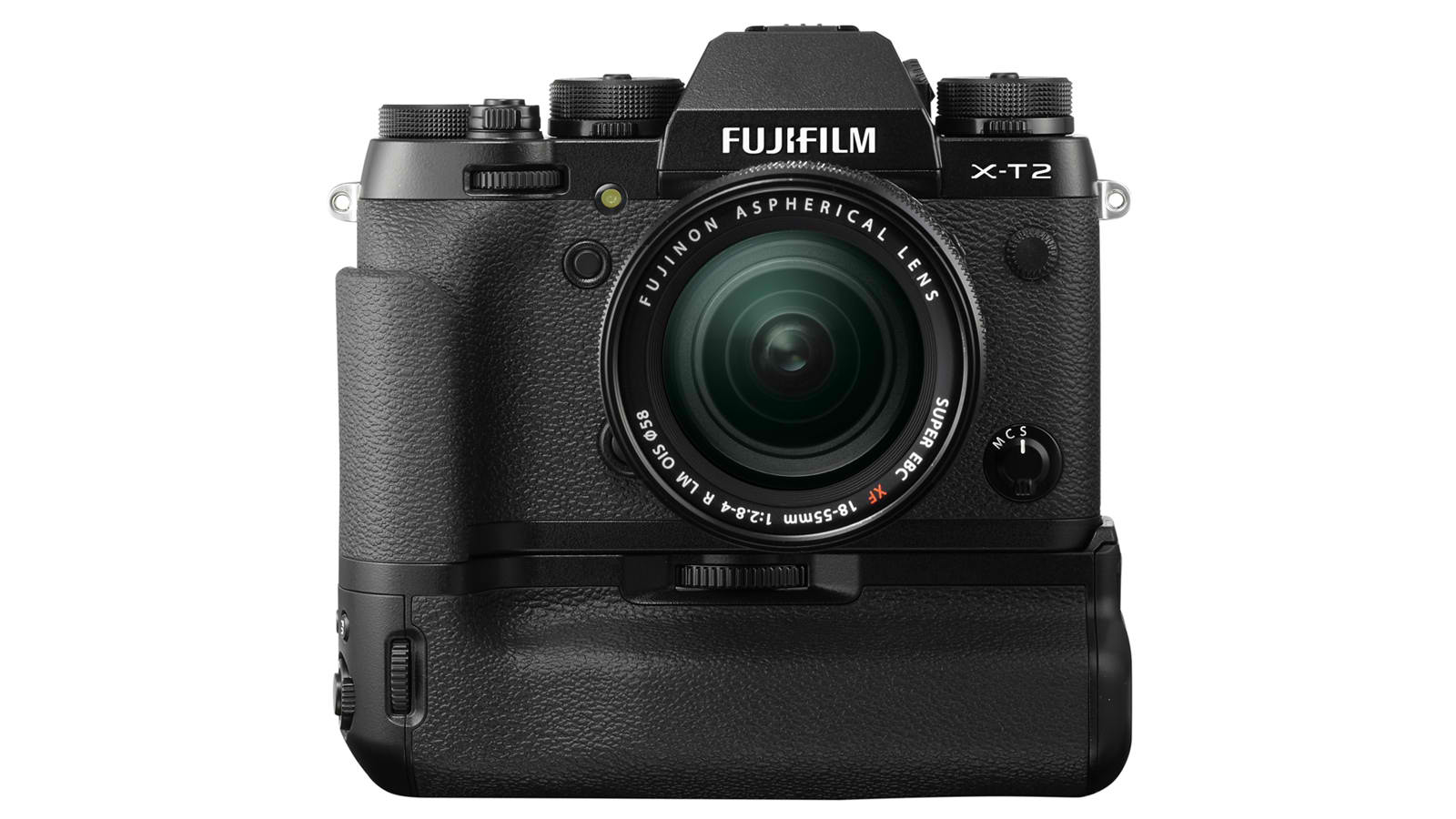Fujifilm announced the highly anticipated X-T2 today, featuring several major upgrades over the X-T1. We have one here at the office but it is a pre-production model so we can’t show any of the photos or videos taken with it but we will go through the biggest changes between the two models of Fujifilm SLR-style mirrorless camera.
The 24.3MP APS-C X-Trans CMOS III sensor from the X-Pro2 is now in a SLR-style body, as is the high-performance X Processor Pro image processing engine. That means the maximum mechanical shutter speed is 1/8000s while the electronic shutter maxes out at 1/32000s. In addition to faster focus speeds, Fujifilm claim their newest X-Trans sensor has better color reproduction and less noise than previous generations.
But that’s really where the similarities between the two Fujifilm X-Series flagships end. The biggest addition to the X-T2 has to be the new 4K video abilities.
Many Fujifilm shooters thought that the X-Pro2 would be capable of 4K video given it’s new sensor and processor’s power but we were told that heat was the main issue. Fuji addresses this issue with the new NP-W126S batteries, which we’re told have additional heat dissipation capabilities in comparison to the older NP-W126.
Like the X-Pro2, the X-T2 has dual SD card slots. Unlike the X-Pro2, both card slots are UHS-II compliant on the X-T2 (only slot 1 on the X-Pro2 supports UHS-II).
Fujifilm has a new auto-focusing system as well to take advantage of all the new processing power. The X-T2 has a total of 325 focusing points that cover about 80% of the screen’s area, an improvement on the X-Pro2’s 273 points. The X-T2 also has a new set of algorithms that not only improve focusing speed and accuracy over it’s predecessors but continuous focus has received an upgrade as well with a number of adjustable parameters to match the moving subject you’re shooting.
If you just bought a X-Pro2, don’t worry, Fujifilm has you covered. There should be a firmware update for the X-Pro2 around the same time as the X-T2 release that brings the new camera’s autofocus capabilities to the X-Pro2.
The X-Pro2’s hybrid viewfinder is gorgeous and intuitive to use but the X-T2’s EVF is like the big screen TV of electronic viewfinders. The X-T2’s EVF is the same 0.77x magnification as the X-T1 but 2.36m dot screen’s refresh rate is now up to a staggering 100FPS. The smaller EVF on the X-Pro2 had a refresh rate of 85FPS.
The EVF isn’t the only screen that got an upgrade. The 3.0″ rear LCD has a new hinge design that allows it to also tilt to the right, not just up and down.
The accessory door is now much sturdier than before and the USB 2.0 is replaced by a faster USB 3.0 port. Fujifilm has also added a 3.5mm microphone jack in addition to the 2.5mm jack, which is now just for remote shutter release. Batteries can now be charged via USB as well.
All the dials on top are considerably taller, as well as more “clicky” than on the X-T1. Stops are better defined and the dials are easier to control.
Part of this is due to the new locking mechanisms on the ISO and shutter speed dials. Previously with the X-T1, you had to hold down the lock in order to make adjustments, the X-T2‘s dial locks are clicky, on-off buttons.
The control wheels just below the shutter release and on the back of the camera near your right thumb are now clickable buttons as well.
The shutter release is now threaded like the X-Pro and X-E cameras so X-T2 users will be able to take advantage of cable release and soft shutter release accessories.
Exposure compensation is now up to +/- 5. You can still control compensation up to +/- 3 with the dial itself but setting it to C allows you to adjust up to +/- 5 with the control wheels.
The X-T2‘s vertical battery grip serves three purposes: improving battery life, handling and camera performance. While all battery grips add to battery life and allow users to hold the camera in portrait orientation easier, the X-T2’s battery grip also boosts the camera’s performance. For example, 8 frames per second continuous mode shooting jumps to 11 FPS.
The camera has a “Boost” mode by itself without the battery grip that gives incremental bumps in performance at the cost of battery life.
Fujifilm also announced the new EF-X500 flash unit, which has a guide number of 50 and support for high-speed flash sync.
The X-T2 is scheduled to arrive in September of this year with an MSRP of $1949.99 (body only) or $2399.99 (with 18-55mm F2.8-4 kit lens).


